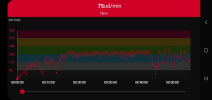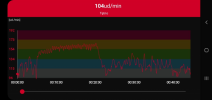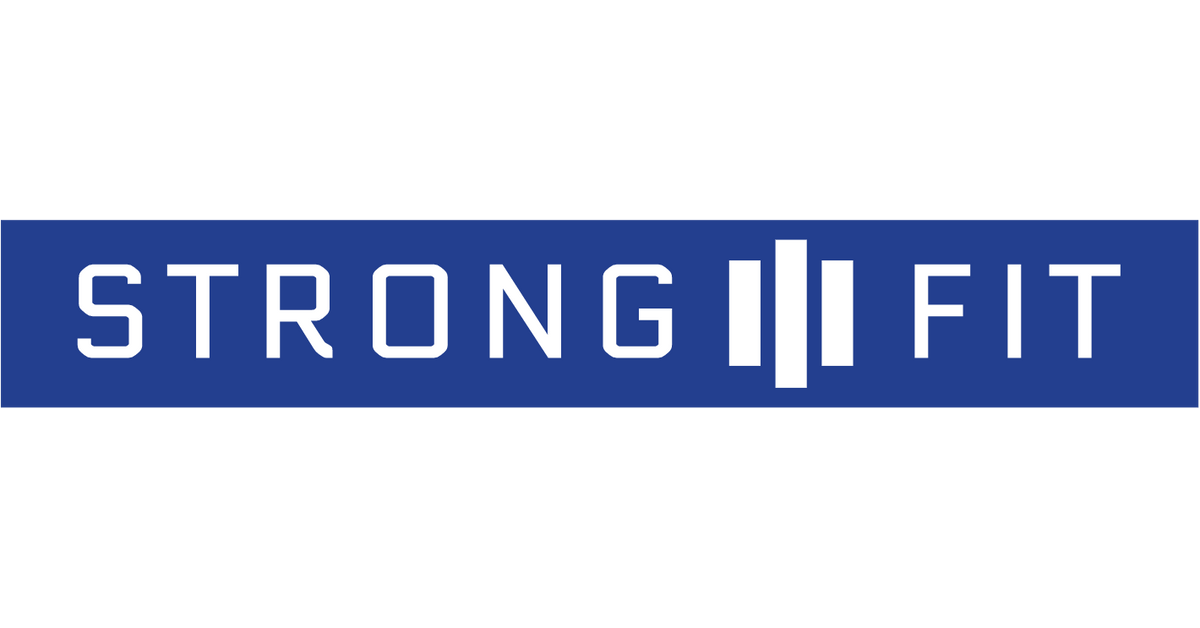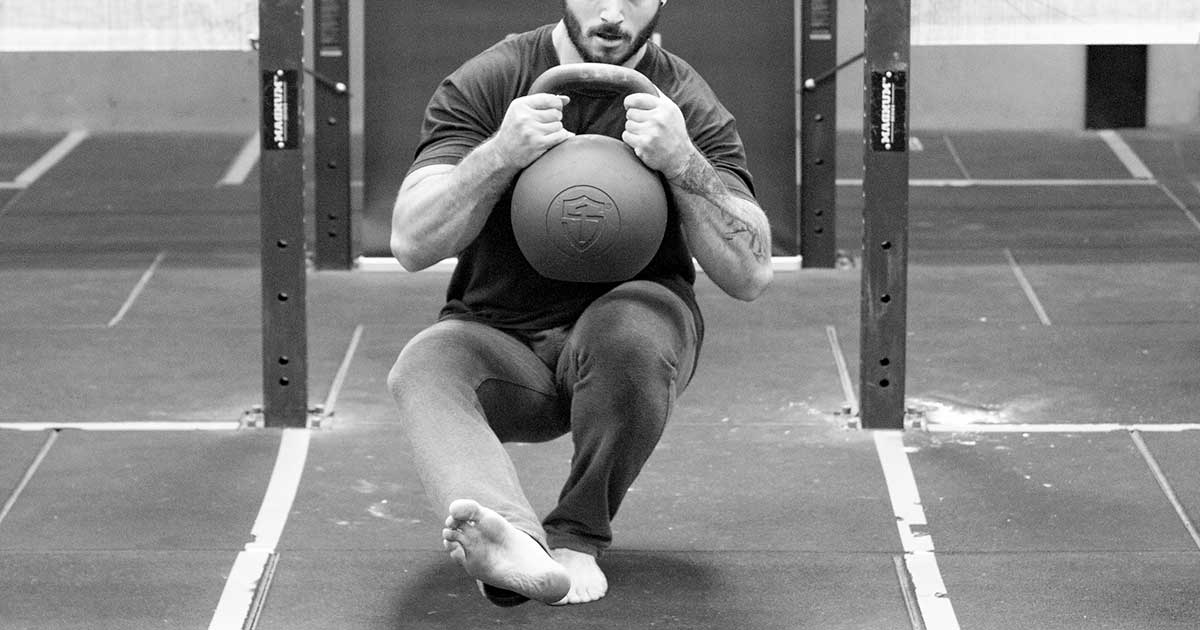Pasibrzuch
Level 6 Valued Member
hello,
I've done 2 sessions from the clean and jerk program A so far. I enjoy it very much. However I have difficulties when it comes to understanding the talk test.
on the first session (CJ) I managed to pull it off for the whole 30mins. HR indicates I was aerobic.

I added a clean each set, as prescribed (CJC) and stopped midway.

I could have gone for longer, however I stopped when I reached estimated 85% of my HR max. However I maintained nasal breathing and was able to manage the extend my exhale and speak in short sentences. I interrupted the session since I thought I'm too much in glycolisis.
My question are:
is it still strength aerobics when I'm crossing my Muff number? Or maybe I should recover below my Muff number before every set?
Is the talk test tantamount to some particular heart rate? Or the heart rate shouldn't be an indicator for this program at all.
And the last one: can the talk test be substituted with an exhale and/or a control pause of particular duration? E.g. If I'm able to exhale for x seconds and/or hold my breath afterwards for y seconds, I pass the test.
I've done 2 sessions from the clean and jerk program A so far. I enjoy it very much. However I have difficulties when it comes to understanding the talk test.
on the first session (CJ) I managed to pull it off for the whole 30mins. HR indicates I was aerobic.

I added a clean each set, as prescribed (CJC) and stopped midway.

I could have gone for longer, however I stopped when I reached estimated 85% of my HR max. However I maintained nasal breathing and was able to manage the extend my exhale and speak in short sentences. I interrupted the session since I thought I'm too much in glycolisis.
My question are:
is it still strength aerobics when I'm crossing my Muff number? Or maybe I should recover below my Muff number before every set?
Is the talk test tantamount to some particular heart rate? Or the heart rate shouldn't be an indicator for this program at all.
And the last one: can the talk test be substituted with an exhale and/or a control pause of particular duration? E.g. If I'm able to exhale for x seconds and/or hold my breath afterwards for y seconds, I pass the test.



